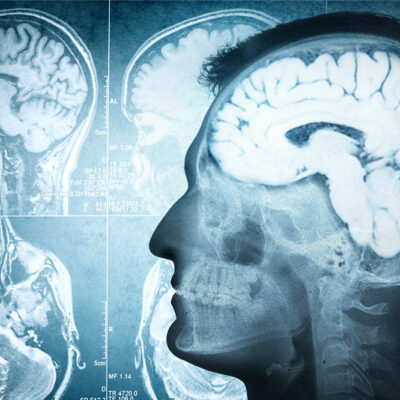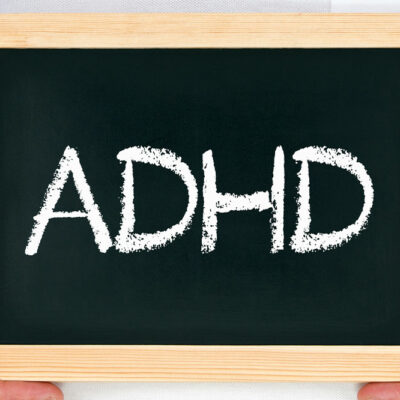
health
8 lesser-known signs of migraine to know of
Migraines are more than severe headaches and are complex neurological conditions that can impact various aspects of a person’s life. While throbbing head pain is the hallmark of a migraine attack, several lesser-known signs and symptoms often go unnoticed. Recognizing them can help one to seek appropriate treatment and potentially improve one’s quality of life. Here are the top ten signs of migraines that should prompt one to seek immediate medical attention. Prodromal symptoms Before the throbbing pain kicks in, many migraine patients experience prodromal symptoms, like warning signals that a migraine attack is imminent. Some may experience these symptoms hours or days before the migraine hits. These symptoms include mood changes, irritability, food cravings, increased thirst, yawning, and frequent urination. Visual disturbances Visual disturbances can include temporary vision loss, watery eyes, double vision, blind spots, or seeing zig-zag lines. Less commonly, they can also cause tingling in the face or limbs, difficulty speaking, or confusion. These symptoms typically last a few minutes and precede the headache phase. Nausea and vomiting While nausea and vomiting are recognized migraine symptoms, they often receive less attention than head pain. Some individuals may experience severe nausea without a headache, known as abdominal migraine.




















